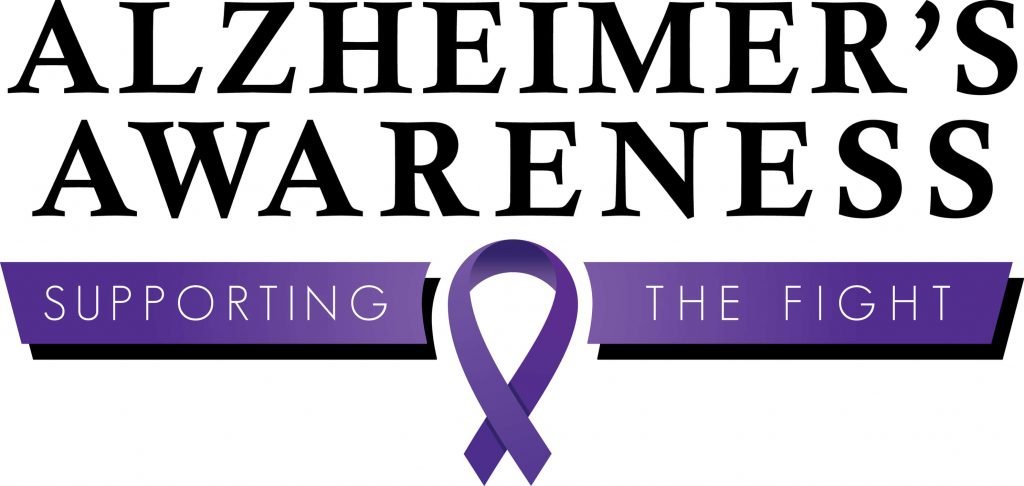I think you’ll agree with me when I say:
Alzheimer’s and Brain Awareness Month is NOT the first thing that comes to mind when you think of June.
And that’s okay! June is for celebrating Pride, attending weddings, taking vacations, and so much more. So let June be a month we raise awareness for Alzheimer’s Disease and related Dementias too!
Trust us, it’s so much more fun and rewarding than you think.
Understanding Alzheimer’s Disease and Related Dementias (ADRD)
Dementia is not a specific disease, rather an overall term that describes a group of symptoms. Alzheimer’s is the most common form of dementia which affects thinking, memory, and behavior.
50 million people across the globe are living with ADRD (Alzheimer’s Association).
While scientists don’t fully understand what causes ADRD, they have identified age as the most common risk factor. 95% of people living with ADRD will develop symptoms aged 65 and over (Mayo Clinic).
Individuals diagnosed with ADRD experience various stages. Here is an overview of what these stages look like:
Mild Alzheimer’s Disease
In its early stages, Alzheimer’s typically presents as taking longer to complete daily tasks, getting lost, and/or repeating questions. As the disease progresses, individuals experience greater cognitive impairment.
Moderate Alzheimer’s Disease
In this stage, crucial areas of the brain including reasoning and sensory processing are damaged. It also typically lasts the longest of the three stages, usually spanning several years. Symptoms become more pronounced in this stage, and while they vary, can often look like forgetting events or personal history, demonstrating personality or behavior changes, and showing an increased tendency to wander.
Severe Alzheimer’s Disease
In the final stages of Alzheimer’s, individuals experience severe memory loss and cognitive impairment. This can look like needing around-the-clock assistance with daily tasks, loss of awareness of recent events, and difficulty communicating.
With a complex disease like Alzheimer’s, you can imagine treatment is equally as challenging. It is unlikely that any one treatment or pharmaceutical intervention can successfully treat Alzheimer’s disease. However, strides are being made every day to help individuals with Alzheimer’s manage behavioral symptoms and slow cognitive decline. Here at CareBand, it’s actually our number one priority! Learn more about how we empower individuals with Alzheimer’s on our website or in our other blog posts, like The Power of Persistence: Research Studies.
Organizations, companies, and individuals everywhere are joining together to raise awareness for ADRD and improve the quality of life for individuals with the disease. So what can you do to help?
1. Learn more about ADRD
As outlined by the Alzheimer’s Association, there are 10 early signs and symptoms that may indicate you or your loved one has Alzheimer’s. It’s best to familiarize yourself with these signs in order to detect the disease at the earliest point possible.
- Memory loss that disrupts daily life
- Challenges in planning or problem solving
- Difficulty completing familiar tasks
- Confusion with time or place
- Trouble understanding visual images and spatial relationships
- New problems with words in speaking or writing
- Misplacing things and losing the ability to retrace steps
- Decreased or poor judgment
- Withdrawal from work or social activities
- Changes in mood and personality
2. Empower the people in your life living with ADRD
As with many other diseases, there is a certain stigma associated with having dementia. You can empower the people living with dementia in your lives by remembering that their disease does not define them and does not make them any less whole.
Continue to visit loved ones even after their diagnosis, ask them how they’re doing and listen without judgment, and be proactive about putting support in place. Look into both community resources and online tools to best support the person(s) in your life living with ADRD.
3. Become an advocate
As an Alzheimer’s advocate, you are able to:
- Receive regular updates about current legislative and public policy issues
- Communicate with elected officials via petitions, phone calls and other calls-to-action
- Participate in advocacy and policy-related events in your area
- Share your story with other advocates
Consider reaching out to community organizations to get in on the action or signing up with the Alzheimer’s Association today!
4. Volunteer!
What better time to become a volunteer than during Alzheimer’s and Brain awareness month? Volunteering can take many forms, including Walks to End Alzheimer’s, becoming a virtual community representative, or participating in clinical trials and research studies.
Participating in research studies is a great way for both you and your loved one with ADRD to get involved. Participation can look like many different things, but is typically an opportunity to access novel interventions and treatments. You can read more about one of CareBand’s newly funded research studies here.
Conclusion
I hope today’s post informed you about Alzheimer’s and inspired you to get involved. Now I want to turn it over to you: which of these strategies are you going to try first?
Will you continue to expand your knowledge of ADRD? Or maybe you’ll get involved with a local organization to increase accessibility to programs for people with ADRD?
Either way, leave a comment below and let me know the one item on this list you’re going to take action on first.






